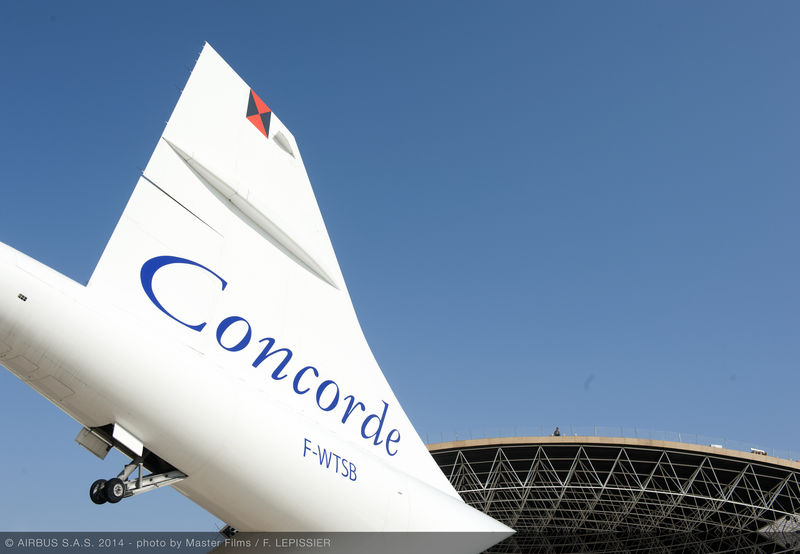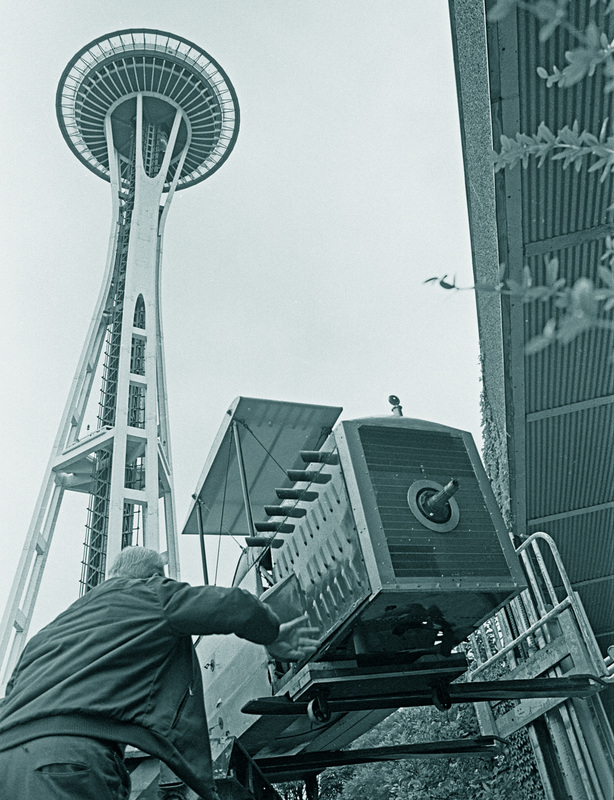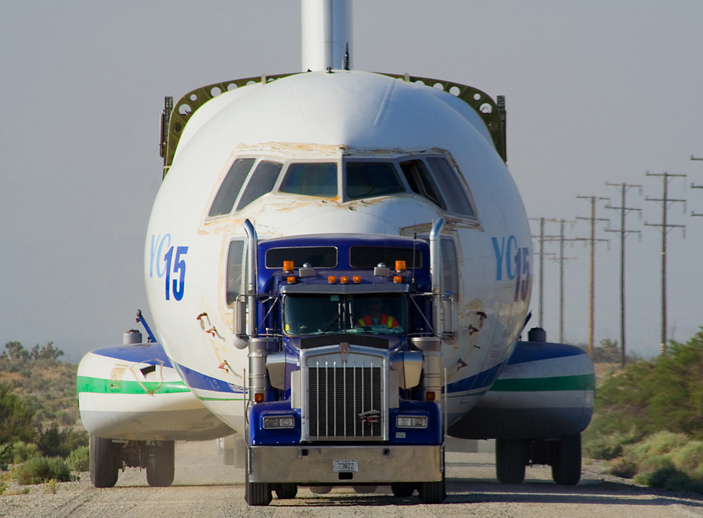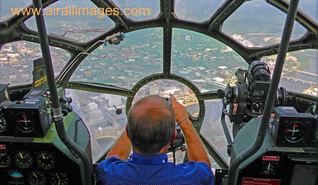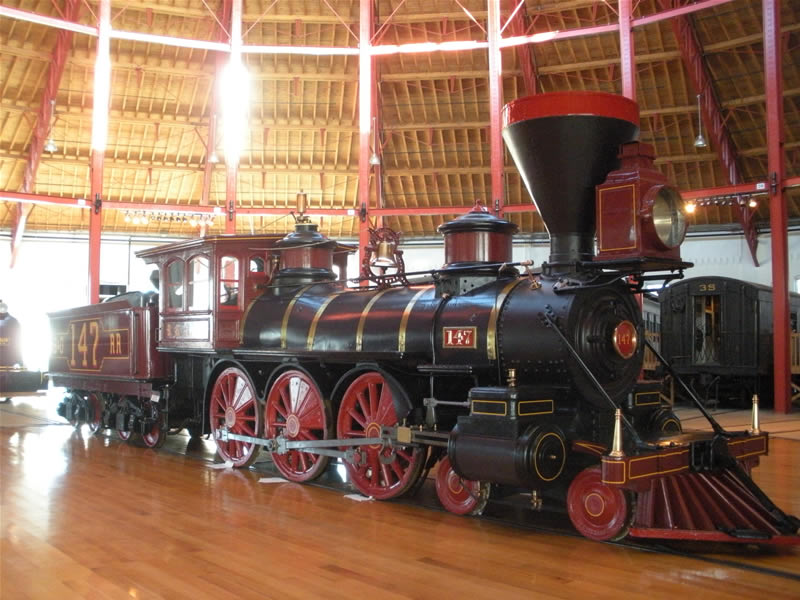MUSEUM DEFINITIONS
|
We will add definitions and descriptions of museum-specific terms that may help in understanding of the needs and roles of museums.
Accessioning: The process of taking an item into the collection of a museum. Accessioning involves inventory control; a unique number is usually assigned to each item accessioned, to enable it to be tracked for accountability. An accession listing may include the donor and any special provenance of the item. It is often deemed desirable for a museum to have an offer of gift letter for each item in the collection. This can avoid confusion in the future over actual ownership of an artifact that a family member of the original donor may want returned, in the belief it was merely loaned to the museum. Many museums shun loaned items to avoid this issue, as well as the potential liability for the care of an item on loan. Agents of Deterioration: This refers to things that degrade or deteriorate a museum object. Agents of Deterioration should be mitigated as much as possible. Temperature extremes, and wide temperature swings, can deteriorate artifacts at the molecular level. Light, especially light high in UV output, is a common foe. Vermin -- insects, rodents, birds, etc., can destroy objects. Acids, oils, liquids, etc. can deteriorate objects (hence the common museum practice of handling rare items only with gloved hands). Some definitions include"criminals" in the list of agents of deterioration. Different objects, and different museums, may have different priorities in the agents of deterioration they must mitigate. Consumptive Use: A term used by some |
museums to describe the use of an artifact
that wears it out or consumes it. For example, an aircraft that visitors may walk through or sit in may be expected to deteriorate more quickly than an aircraft that may only be viewed externally, all other factors being the same. Similarly, the use of uniforms, clothing, flight helmets, etc., is an engaging way to let museum visitors experience the feel of being a pilot or other individual depicted in the museum's story, but this is consumptive use. Rather than let the public wear out one-of-a-kind historic apparel, some museums use reproductions, or designate duplicates in the collection as support inventory for this purpose, while assuring the primary historic examples are held for display and preservation. Railroad museums that operate historic locomotives often stockpile critical spare parts and have access to machine shops to keep the locomotives functional indefinitely. Operation of historic equipment can generate a lively debate between those who think it is vital to experience the actual machine in operation and those who think the long-term security and preservation of such artifacts is best served by rendering them static. (We won't settle that debate here, folks!) Mission Statement: This is a marching order for a museum, as for many businesses. It codifies and clarifies why the museum exists. If a succinct mission statement cannot be written for a proposed museum effort, perhaps that is a signal the proposal is too vague or unsustainable. A mission statement can be as simple as: "The mission of the Junction City Railroad Museum is to preserve and explain the critical importance of rail transportation in |
the development of this region. This will be accomplished by the systematic collection and perservation of appropriate railroad locomotives, equipment, and memorabilia significant to this story. Elements of the collection and the museum's story line will be used to create meaningful educational experiences for students in the region, emphasizing the critical-thinking tenets of Science, Technology, Engineering and Math (STEM) education programs."
Already the planners of this hypothetical museum have addressed their responsibilities to collect only relevant items, to use them for public benefit, and especially for educational gain. The museum can use the mission statement to inform its basic scope (railroad equipment from this region, not Europe; not a collection of stuffed animals; not The Complete History of Trains...). Provenance: The "pedigree" of an artifact; its specific significance. A museum might have two stovepipe hats from the 1860s. If one is documented to have belonged to Abraham Lincoln, its provenance gives it more significance than a similar hat with no verifiable history. Establishing provenance with photos of the actual item in historical context, verifiable serial numbers, or other evidence is superior to hearsay or lore. Claims made about the provenance of an artifact may be qualified based on the veracity of the evidence. STEM: An acronym standing for Science, Technology, Engineering and Mathematics. STEM education is a concept embraced by many educators as well as museum staff as a way to give students the tools and abilities needed for critical thinking. More on STEM later... |
ARCHIVED MATERIALS
Select material from other pages on this website will be archived on this page.
Articles and materials presented on this website are intended for entertainment and to promote further research by interested visitors. Get professional
opinions from museum specialists in your area before undertaking any museum projects.
opinions from museum specialists in your area before undertaking any museum projects.

